What Type of Granite Are Olympic Curling Stones Made From?
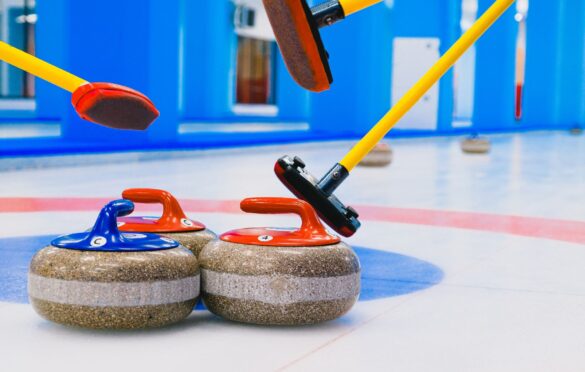
Curling has been a popular sport in the Winter Olympics for many years, captivating both athletes and spectators alike. One of the most intriguing aspects of this sport is the unique equipment used: curling stones.
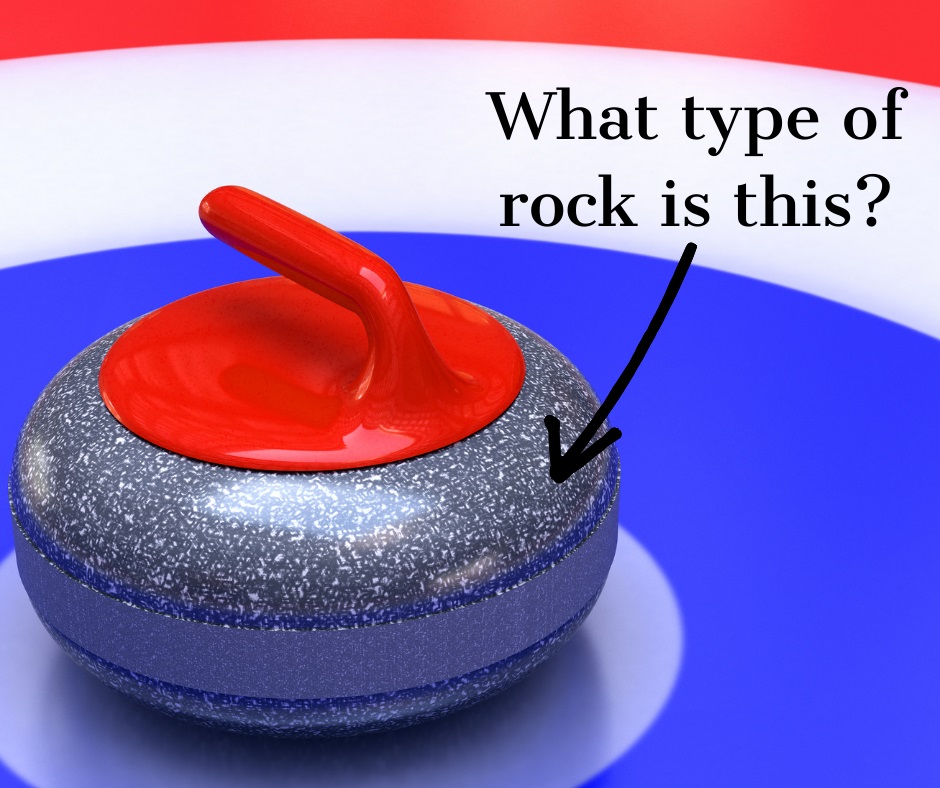
These stones, also known as rocks, play a pivotal role in the game. But have you ever wondered what type of granite Olympic curling stones are made from? In this comprehensive guide, we’ll delve into the geological and engineering aspects of Olympic curling stones, exploring their composition, properties, and the intricate craftsmanship that goes into creating them.
Understanding Olympic Curling Stones
Before we dive into the specific type of granite used in Olympic curling stones, let’s gain a deeper understanding of these remarkable sporting objects.
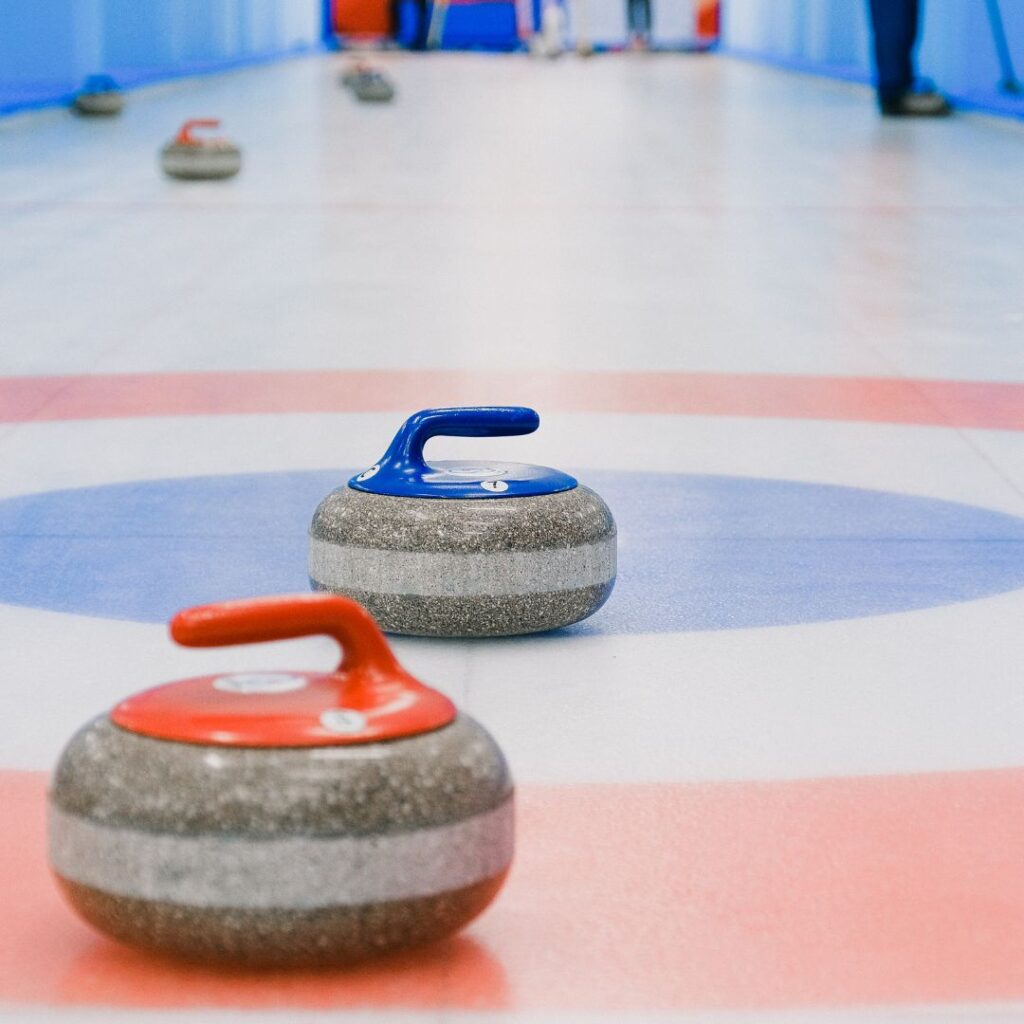
The Anatomy of a Curling Stone
Curling stones are composed of several key components:
- Granite Core: The core of a curling stone is made from a specific type of granite, which we will discuss in detail later.
- Running Surface: The bottom of the stone, known as the running surface, is highly polished to reduce friction and provide a smooth glide across the ice.
- Handle: A curling stone features a handle on the top, allowing the player to grip and release it with precision.
- Striking Band: The striking band is a ring of rubber that encircles the stone to absorb shock and minimize damage.
Now, let’s focus on the type of granite that forms the core of these stones.
The Granite Used in Olympic Curling Stones
Blue Hone Granite: A Curling Stone’s Best Friend
Olympic curling stones are primarily crafted from a unique type of granite known as Blue Hone Granite. This specific variety of granite is renowned for its exceptional qualities that make it ideal for curling. Blue Hone Granite is quarried exclusively from the island of Ailsa Craig, located off the southwest coast of Scotland.
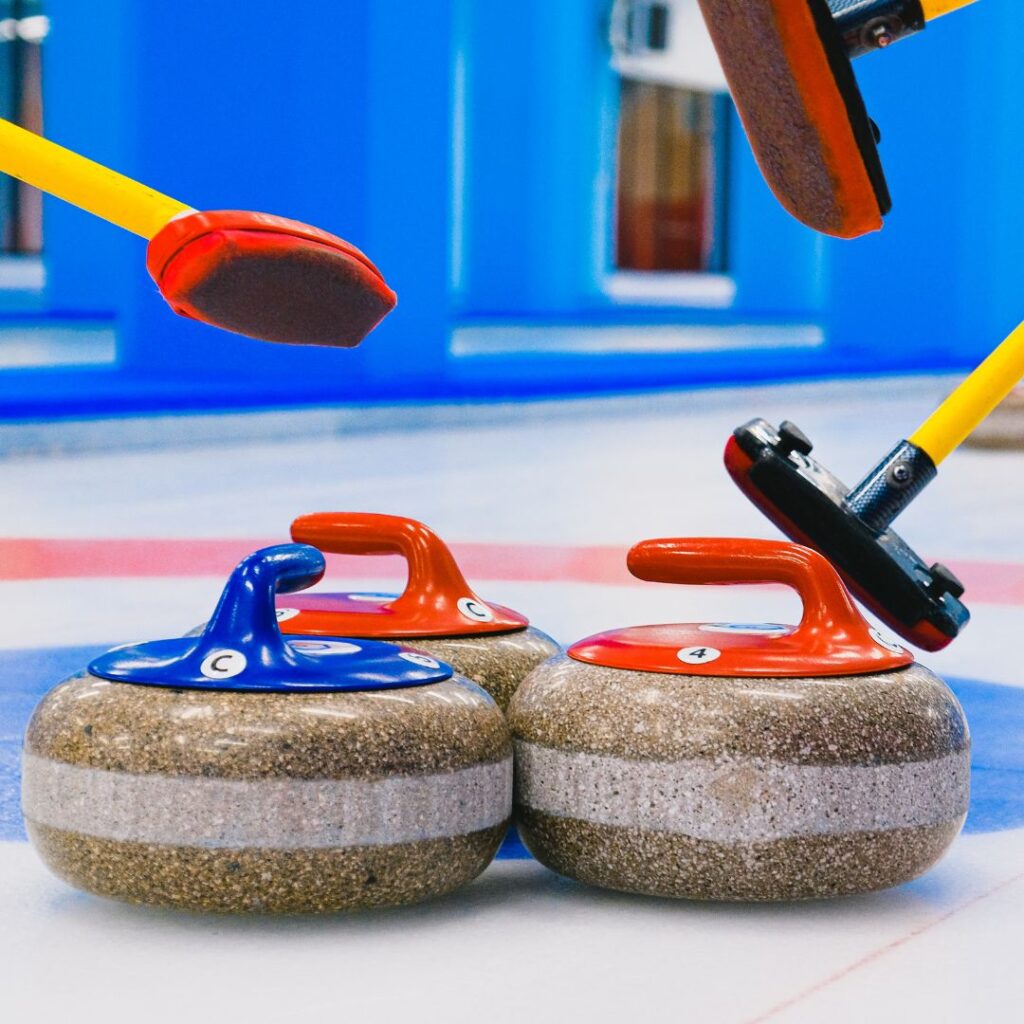
Why Blue Hone Granite?
Blue Hone Granite is the preferred choice for curling stones for several reasons:
- Low Water Absorption: Blue Hone Granite has a low water absorption rate, which prevents it from absorbing moisture from the ice. This characteristic ensures that the stone’s weight remains consistent throughout the game.
- High Density: The high density of Blue Hone Granite makes curling stones heavy and stable, enabling them to maintain their course on the ice.
- Fine-Grained Texture: The fine-grained texture of this granite ensures a smooth, consistent running surface, allowing players to predict the stone’s trajectory accurately.
- Exceptional Durability: Curling stones endure frequent impacts during play, and Blue Hone Granite’s durability ensures they can withstand these stresses without significant damage.
Ailsa Craig: The Source of Blue Hone Granite
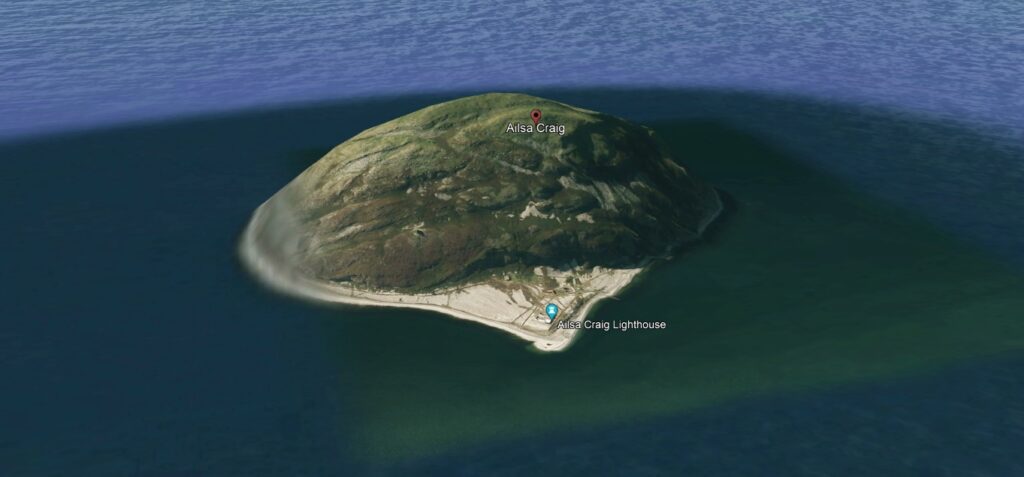
Ailsa Craig is often referred to as “Paddy’s milestone” due to its prominent location in the Firth of Clyde. The granite quarries on this uninhabited island have been the sole source of Blue Hone Granite for curling stones for over a century.
Geological Origins
Blue Hone Granite’s geological history is fascinating. It formed deep within the Earth’s crust under immense heat and pressure. This natural process created a rock with exceptional hardness and durability—perfect attributes for curling stones.
To visualize the geological timeline of Blue Hone Granite, refer to the following table:
| Geological Event | Description |
|---|---|
| Granite Formation | Formation of Blue Hone Granite deep underground |
| Glacial Erosion | Glacial activity exposed the granite |
| Quarrying for Curling | Quarrying on Ailsa Craig for curling stones |
| Olympic Curling Stones | Transformation into precision-crafted stones |
Crafting Olympic Curling Stones
Crafting Olympic curling stones from Blue Hone Granite is a meticulous process that demands precision and skill. The journey from a raw granite block to a polished curling stone involves several steps:
- Quarrying: The extraction of Blue Hone Granite from Ailsa Craig involves cutting large blocks of granite and transporting them to the workshop.
- Shaping: Highly skilled craftsmen shape the granite into the iconic cylindrical form of curling stones.
- Carving and Polishing: The running surface undergoes carving and polishing to achieve a mirror-like finish that reduces friction on the ice.
- Inserting Handle: The handle is inserted into the stone, and the stone’s weight is carefully calibrated.
- Testing: Each curling stone is rigorously tested to ensure its weight, balance, and running surface quality meet Olympic standards.
- Customization: The stones are often customized with unique designs, colors, or engravings for different teams or events.
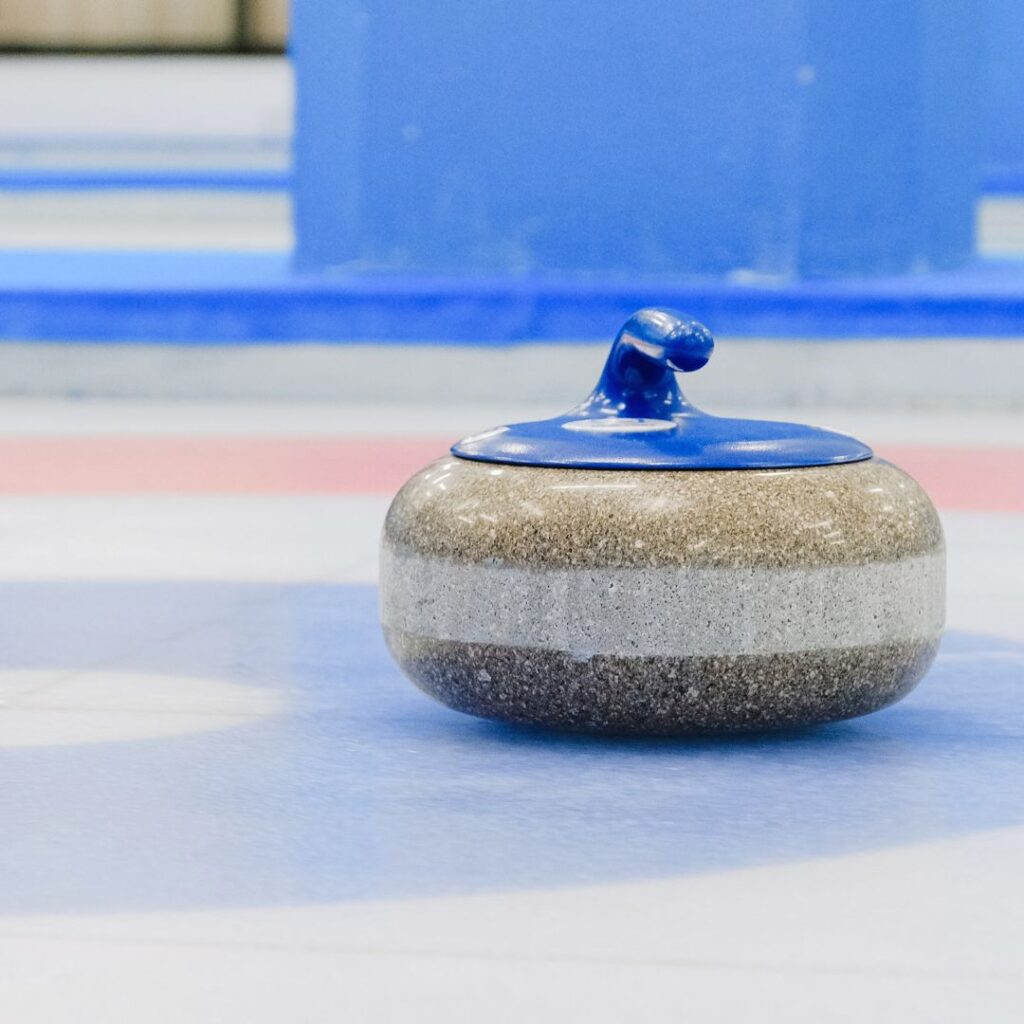
Conclusion
Olympic curling stones are a testament to the perfect marriage of geology and craftsmanship. Blue Hone Granite, sourced exclusively from Ailsa Craig, possesses the ideal properties to create the precision instruments required for this beloved winter sport. As we’ve explored in this article, the geological origins and careful craftsmanship behind these stones contribute to their remarkable performance on the ice.
Understanding the type of granite used in Olympic curling stones adds a layer of appreciation for this unique sport, where ancient geological processes meet modern engineering expertise. The next time you watch curling at the Winter Olympics, you’ll have a deeper insight into the fascinating world of these iconic stones.
Images used in the text taken from Canva Pro.
Guest author of the article: Mirza Djedović, B.Sc. geology
